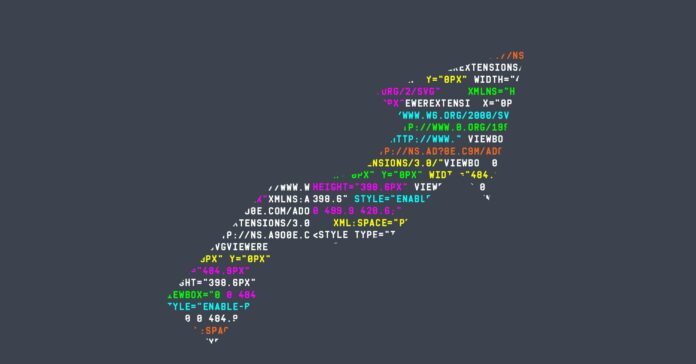In 2021, Python is expected to be one of the most widely used programming languages. Because of its basic, transparent, and modular approach, it has gained a lot of market interest from the start.
Python is a high-level, interpretative, general-purpose dynamic programming language that prioritizes readability. Python’s syntax allows programmers to code in fewer steps than Java or C++.
Python is widely used in larger organizations due to its multiple programming paradigms. The most common programming languages are imperative and object-oriented functional programming. It has a large and comprehensive standard library, as well as memory management and other functions.
When exploring the history of Python, it’s difficult to ignore the ABC programming language’s effect on the language’s design and evolution.
In the early 1980s, Van Rossum worked at CWI (Centrum Voor Wiskunde en Informatica) as an ABC programming language implementer.
Van Rossum later began researching a scripting language with a syntax similar to ABC but with access to the Amoeba, system calls while working on a new distributed operating system called AMOEBA at CWI in the late 1980s. As a result, Van Rossum set out to develop a new, basic scripting language that would be able to overcome ABC’s constraints.
In the late 1980s, Van Rossum began work on the new script, and the first version of the programming language was released in 1991.
What does the name Python have to do with anything?
Rossum, a Python programmer, desired a name for his new language that was short, unique, and mysterious. Python was inspired by the BBC comedy program Monty Python’s Flying Circus.
Python 1
Python code version 0.9.0, which was released in February 1991, included functions, exception handling, the fundamental data types, and classes with inheritance. A modular system based on Modula-3 was also included in this edition. In the early 1990s, Python received lambda, reduce (), map (), filter (), keyword arguments, functional programming tools, and built-in support for complex numbers. Van Rossum started a project called Computer Programming for Everyone around this period (CP4E).
CP4E’s main purpose was to make programming more accessible to the general population while simultaneously stressing the value of coding abilities. Python, with its emphasis on clear syntax and accessibility, played a crucial role in this. Although CP4E is no longer active, Python is still a straightforward language to learn, and most new programmers prefer it.
Future
Python’s user base is vast and growing, so it does not look to be going away anytime soon. Python is employed by some well-known enterprises, and it is supported by many OS developers, indicating that Python’s future looks bright. It’s commonly used in the information security business. Python was selected TIOBE’s Programming Language of the Year in 2007, 2010, and 2018.
This prize is granted to the language that has grown in popularity the most during the year. Python has become a very flexible alternative since it supports functional programming, object-oriented programming, and parallel programming paradigms.
Follow and connect with us on Facebook, LinkedIn & Twitter

